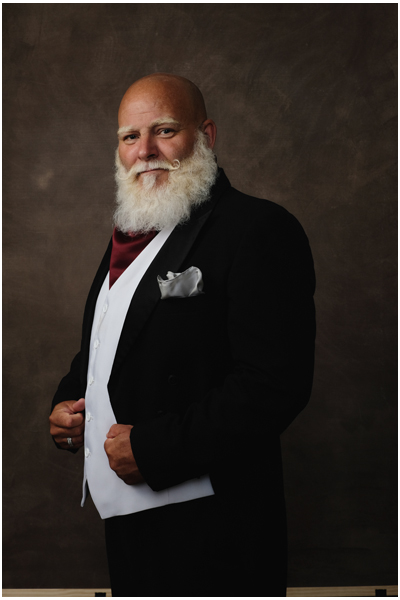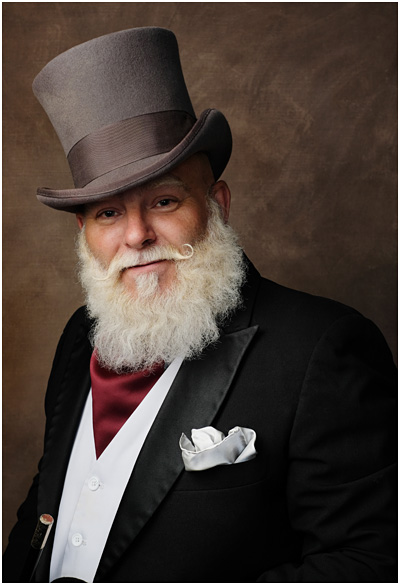Lighting 102 Has Been Completely Updated
Hey folks, Thank you for your patience as we worked to fold the newly revised Lighting 102 module into the site, with all of the requisite cross-linking, etc. I know this probably resulted in a flurry of emails and RSS notifications to the site's subscribers. Apologies. The all-new Lighting 102 is up and running. I hope you find it helpful. Thanks, David Hobby Strobist.com










